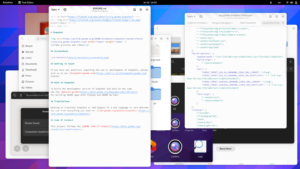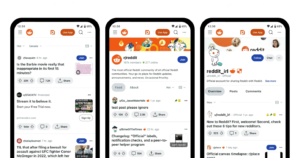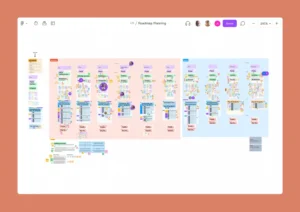Why I no longer believe in Content Design
I kept thinking that we got it all wrong. The things we teach wannabe Content Designers make up so little of the day-to-day work. Instead of concise copy, shouldn’t we talk about understanding product orgs and finding allies? Instead of voice and tone, shouldn’t we teach how to document successes in a way that keeps you your job?











